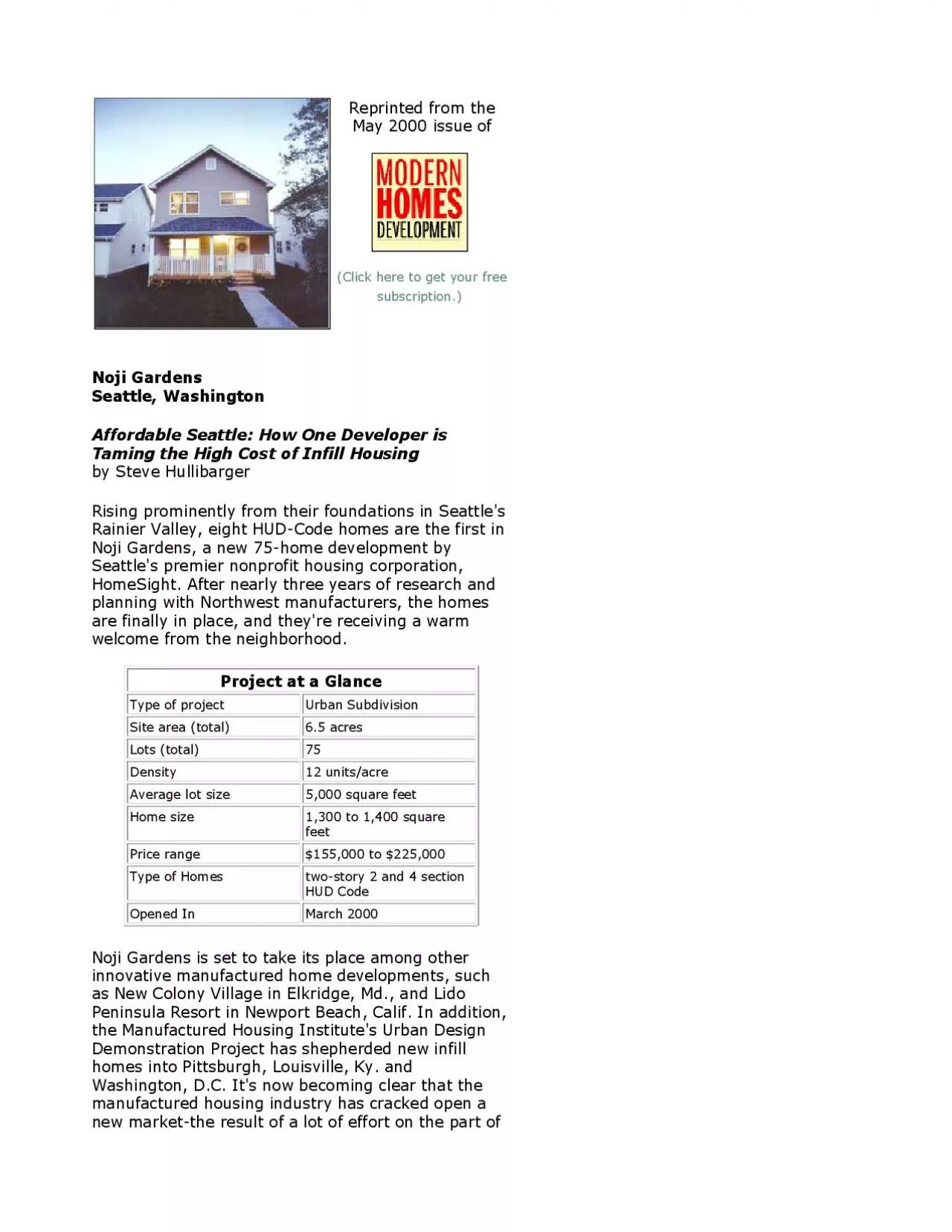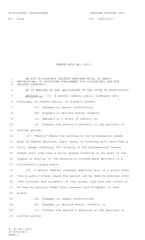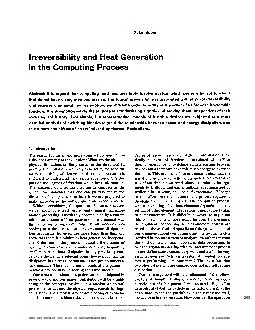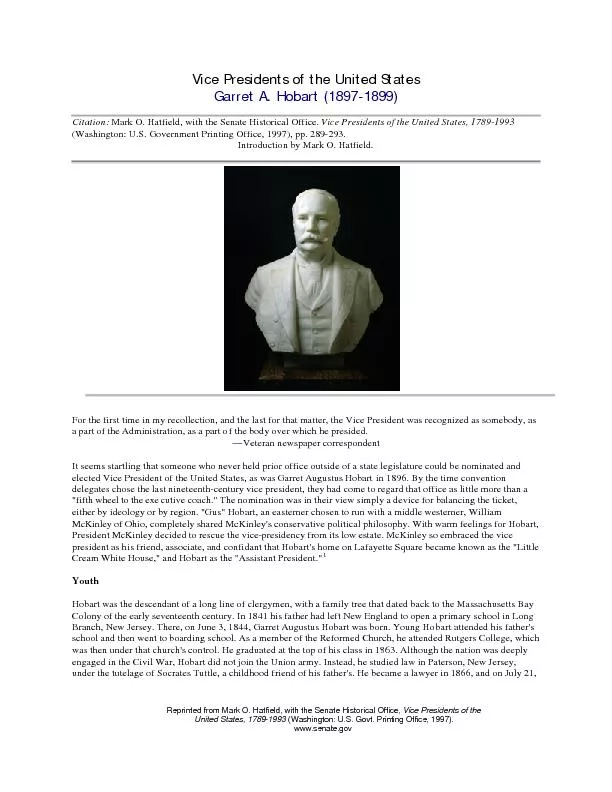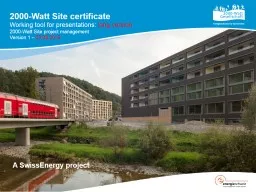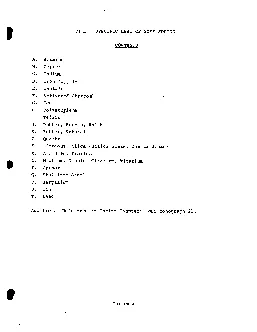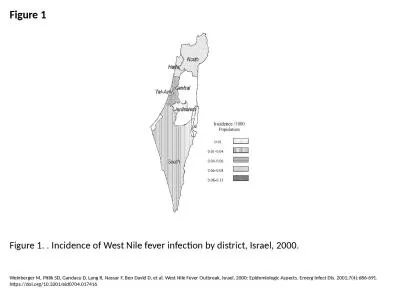PDF-Reprinted from theMay 2000 issue of
Author : gagnon | Published Date : 2021-08-17
Click here to get your freesubscription Noji GardensSeattle Washington Affordable Seattle How One Developer isTaming the High Cost of Infill Housingby Steve Hullibarger
Presentation Embed Code
Download Presentation
Download Presentation The PPT/PDF document "Reprinted from theMay 2000 issue of" is the property of its rightful owner. Permission is granted to download and print the materials on this website for personal, non-commercial use only, and to display it on your personal computer provided you do not modify the materials and that you retain all copyright notices contained in the materials. By downloading content from our website, you accept the terms of this agreement.
Reprinted from theMay 2000 issue of: Transcript
Download Rules Of Document
"Reprinted from theMay 2000 issue of"The content belongs to its owner. You may download and print it for personal use, without modification, and keep all copyright notices. By downloading, you agree to these terms.
Related Documents

